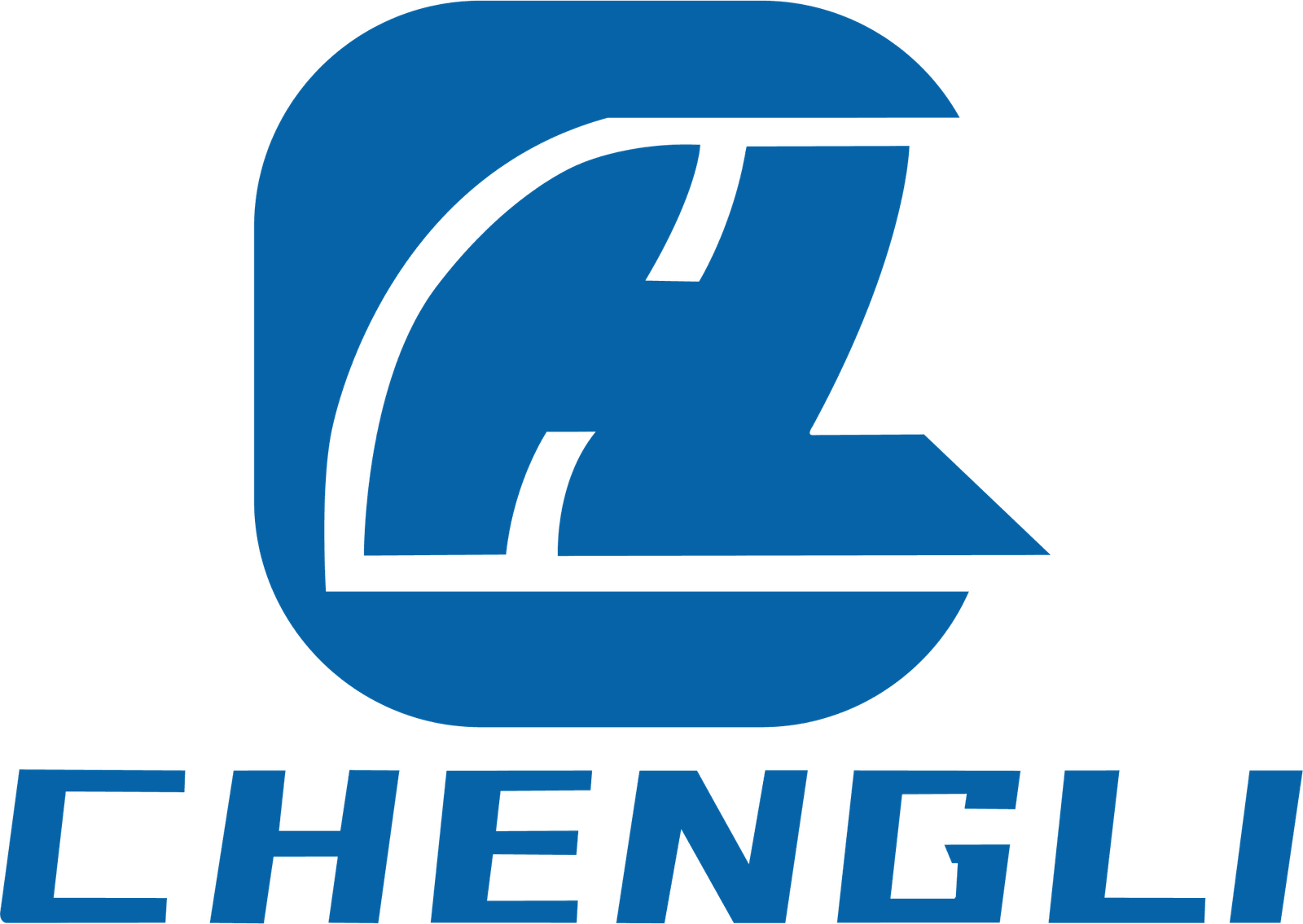Phân tích SWOT của ngành công nghiệp khai thác: 2024 Cơ hội nhà cung cấp
Ngành công nghiệp khai thác dây toàn cầu đang trải qua sự chuyển đổi đáng kể, được thúc đẩy bởi những tiến bộ trong công nghệ ô tô, Tự động hóa công nghiệp, và đổi mới hàng không vũ trụ. Khi chúng tôi điều hướng qua 2024, suppliers are presented with a landscape filled with both challenges and opportunities. This article delves into a comprehensive SWOT (Strengths, Weaknesses, Opportunities, Threats) analysis of the wire harness industry, aiming to equip suppliers with the insights needed to strategize effectively.
Strengths
Technological Leadership: The industry boasts a strong foundation in technological innovation, with continuous advancements in lightweight materials, miniaturized connectors, and high-speed data transmission technologies enhancing wire harness performance and reliability.
Global Market Reach: Suppliers have established a robust global presence, leveraging strategic partnerships and distribution networks to meet regional demands and capitalize on emerging trends in automotive connectivity and electrification.
Tuân thủ quy định: Adherence to stringent safety standards and quality certifications ensures product reliability and market acceptance, reinforcing the industry’s reputation for delivering high-quality solutions.
Weaknesses
Cost Sensitivity: The high initial costs associated with advanced wiring systems and regulatory compliance can impact pricing strategies and profit margins, posing challenges for market entry and competitiveness.
Design Complexity: The increasing complexity of vehicle designs and the integration of electronic systems necessitate sophisticated wire harness solutions, which can complicate manufacturing processes and supply chain management.
Opportunities
Vehicle Electrification: The surge in demand for electric and hybrid vehicles presents a significant opportunity for suppliers to develop high-voltage wire harnesses and battery management systems tailored to these applications.
Advanced Connectivity Solutions: The expansion of smart connectivity features and ADAS technologies in vehicles drives the need for high-speed data connectors and wireless communication technologies, opening avenues for innovation.
Technological Innovation: Ongoing research and development in lightweight materials and integrated electronics offer prospects for enhancing wire harness performance and meeting evolving vehicle design requirements.
Threats
Competitive Pressures: Intense rivalry among OEMs and technology providers can lead to price competition and margin pressures, necessitating continuous innovation and differentiation.
Regulatory Challenges: Evolving safety standards and cybersecurity requirements influence wire harness design and manufacturing practices, requiring suppliers to stay abreast of compliance mandates.
Supply Chain Risks: Global supply chain disruptions and component shortages can impact production schedules and delivery timelines, highlighting the need for resilient supply chain strategies.
Phần kết luận
The wire harness industry in 2024 presents a dynamic environment where suppliers must leverage their strengths, address inherent weaknesses, capitalize on emerging opportunities, and mitigate potential threats. By adopting innovative technologies, ensuring regulatory compliance, and fostering strategic partnerships, suppliers can position themselves for sustained growth and competitiveness in the evolving market landscape.
